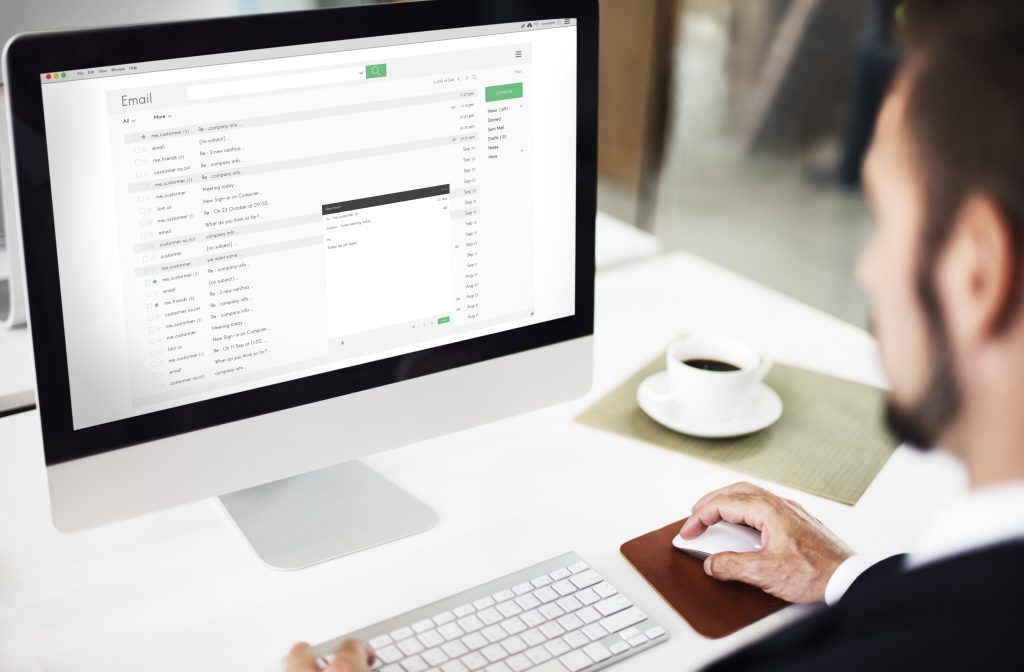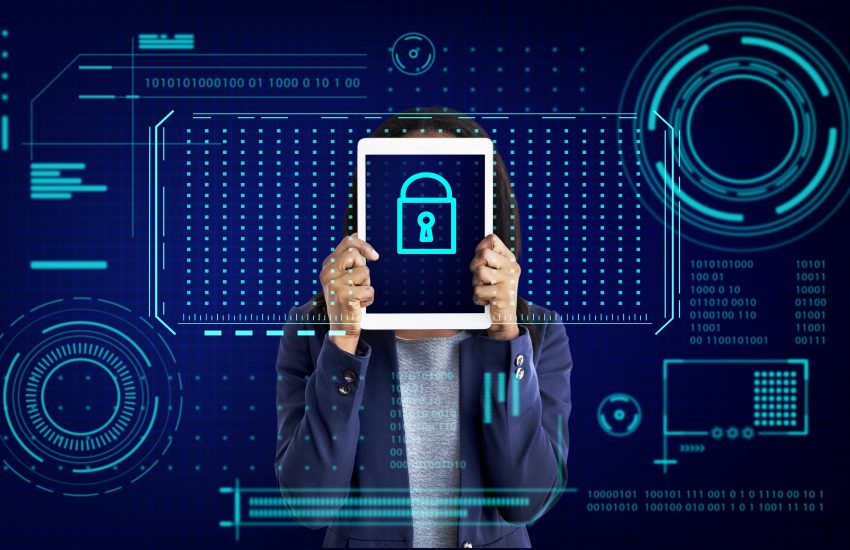Introduction
Have you prepared for Microsoft’s new email-sending rules? The technology leader will soon insist on email authentication after Google and Yahoo took steps to create safer inboxes. Here’s what you should consider.
If you are an email marketer, then multitasking might be your nature. But ignoring this fact should not be your choice: Microsoft is escalating its email security practices.
The corporation will soon impose strict email authentication rules for bulk email senders, just as Google and Yahoo do.
This is more than just compliance ; it’s a major effort to protect your emails, improve your sender credibility, and ensure your campaigns reach the inbox.
Microsoft’s rule about email authentication: so, what does it signify for your organization?
You understand how vital your email campaigns are: they boost interaction, feed leads, and finalize purchases. But what happens if your emails start landing in the spam folder or, worse still, never get to your audience at all?
Microsoft’s new policy aims to protect your brand and audience by allowing only verified emails into inboxes, addressing rising phishing and spoofing risks. Other email services, like Google and Yahoo, are taking steps to secure the global emailing environment, in line with this transformation
Microsoft has yet to declare a date when they will start applying email authentication rules.
Nevertheless, Ross Adams, who is the Principal PM Architect at Microsoft, voiced during a webinar that “it’s a matter of when, not if”, suggesting that tech firms will take authentication as standard.
The conclusion is straightforward: those dispatching emails must gear up sooner rather than later.
If you use bulk-marketing emails or transactional emails for business communications, then authenticating the domain becomes important. This action allows us to mark messages as spam.
How do you comply with Microsoft’s email authentication and sending regulations?
To comply, with microsoft’s new standards, your emails must pass, SPF, DKIM, and DMARC validations.
So, this is what each term signifies for you:
- Sender Policy Framework (SPF): Delineates the originating email servers permitted to transmit mail for the domain.
- DomainKeys Identified Mail (DKIM): Uses a domain to digitally validate key message components and ensure integrity in transit.
- Domain-based Message Authentication, Reporting and Conference (DMARC): Dictates how to handle messages that fail SPF or DKIM checks and directs and where to send DMARC reports
How can we prepare for compliance?
Achieving compliance with Microsoft’s upcoming regulations is not just about sidestepping non-compliance repercussions; it’s about establishing oneself as a reliable sender.
Basically, you can take these steps :
- Assess your existing email procedures: Determine if your current approach abides by SPF, DKIM, and DMARC standards.
- Carry out required modifications: If there are shortcomings in your authentication strategies, align them with the novel prerequisites.
- Raise awareness among your crew: If current strategies need to be revised, revise them. Moreover, authenticate that everyone on the team comprehends these changes’ significance.
- Bear witness and adapt accordingly: Regularly monitor email deliverability and compliance status in preparation to adjust as more enforcement timeline details and data come into play.
What is the reason behind Microsoft’s present need for email authentication?
Microsoft’s announcement on new rules for sending emails follows closely on the heels of one of the most profound email updates in years. In February 2024, new guidelines for bulk email senders began to be enforced by Google and Yahoo.

In summary, Google and Yahoo maintained that senders must:
- Authenticate their emails to ensure messages emanating from their business domains are authentic and not falsified.
- Introduce a one-click unsubscribe feature and respect unsubscribes within two days.
- Maintain spam complaints to a minimum of 0.1%.
How does Email authentication benefit your work?
Being proactive in complying with Microsoft’s email authentication and other rules for sending emails can have many positive effects on your work.
- Increased deliverability: Emails that stick authentication standards have a higher chance of ending up in the inbox instead of the spam folder.
- Boosted Brand Security: Using these actions keeps your domain safe from any deceptive activities, ensuring your brand’s image remains intact.
- Greater customer trust: If customers believe that the emails they get are real, their confidence in your brand will grow, leading to more customer interaction.
As Microsoft intensifies its efforts in email security, it’s time you, too, enhance practices related to emails. Safeguarding your email is equally important as its content. If you are unsure about where to begin, learn more about myEmailVerifer.
Do you still have doubts? Our team is ready at all times. Contact us, and one of our experts will reply instantly.
FAQs
What is email authentication?
The verification process that checks whether an email message comes from who claims it does is called email authentication. It’s crucial to preventing activities like phishing scams, email spoofing and other types of fraudulent actions related to email.
What is the need for Microsoft’s requirement regarding Email Authentication?
The reason for Microsoft insisting on email authentication is because it wants to boost the security and legitimacy of messages sent through platforms like Office 365 and Outlook.
What are the Email Sending Rules?
A few important rules to follow in sending emails involve setting up SPF (Sender Policy Framework) and DKIM (DomainKeys Identified Mail) records to authenticate your domain, prevent the use of commonly used email addresses for sending out emails, and regularly check and update your email authentication settings.
Can I send emails without email authentication?
Microsoft needs email authentication for better security. If you don’t use it, you can still send emails. The risk is that your emails could be marked as suspicious or land in the receiver’s spam folder.
How long should authenticating email with DKIM take?
Checking an email with DKIM mostly takes a few minutes to arrange. However, you should wait up to 48 hours for the DNS spread to be completely affected.
How do I organize email authentication for my email domain?
To organize email authentication for your domain, ask your IT department or communicate with your provider who gives you an email hosting service. You need to set up SPF and DKIM records. The way you send emails must align with industry good practices.
